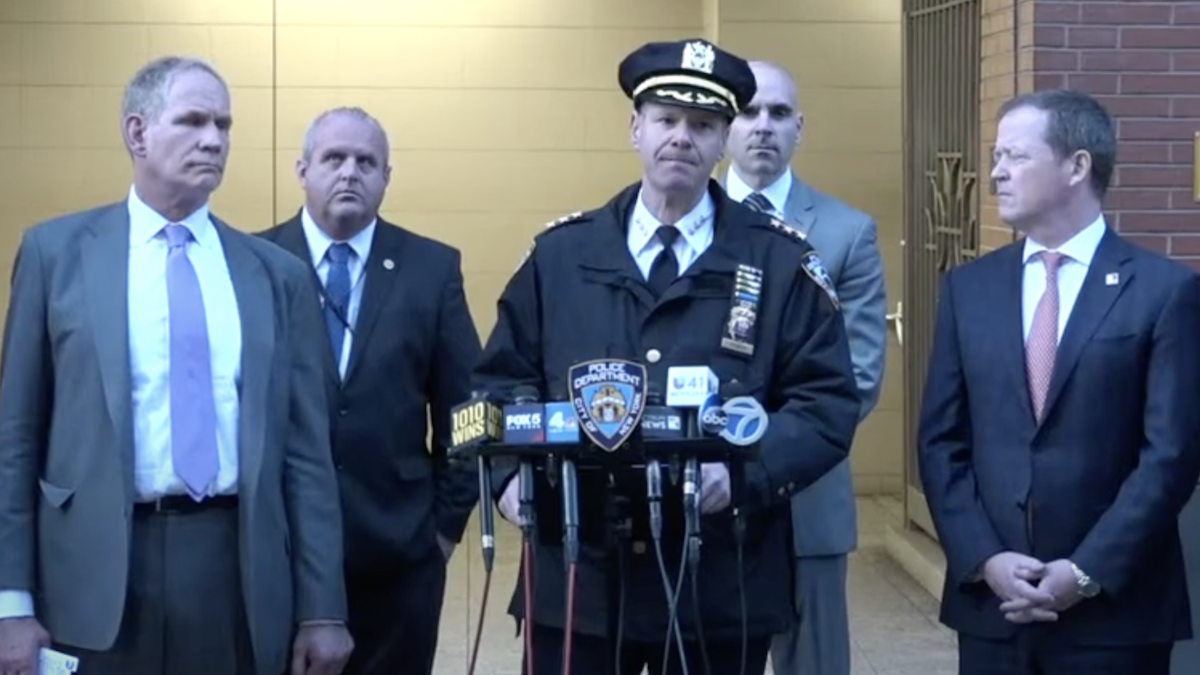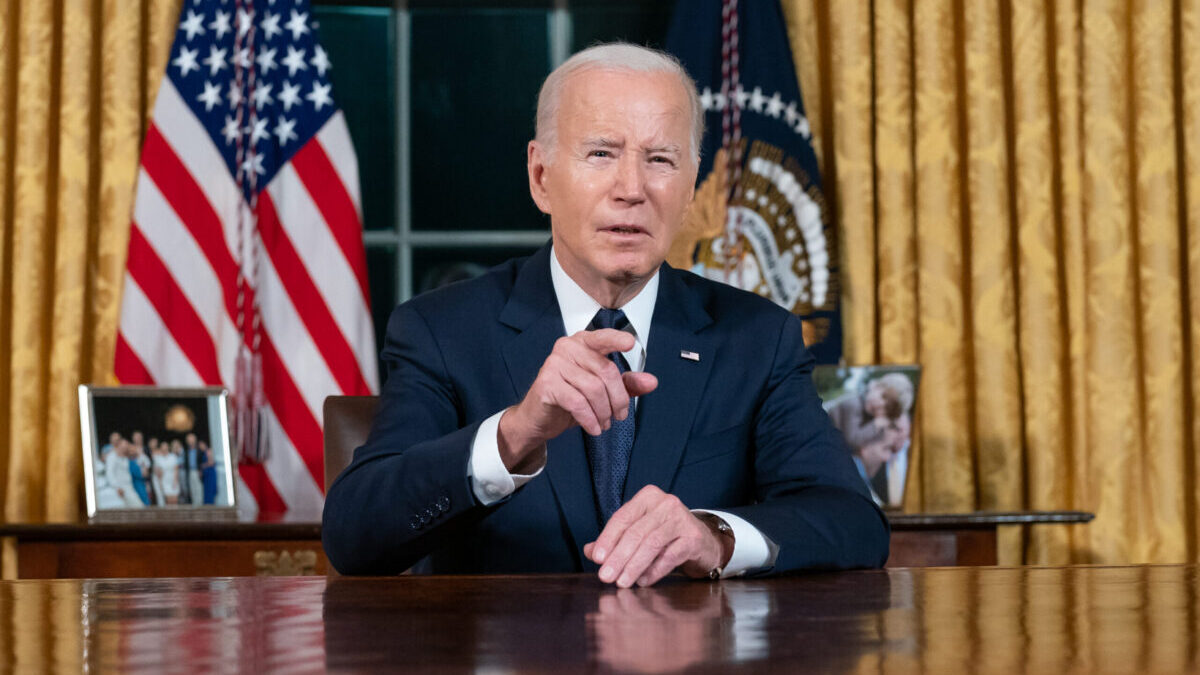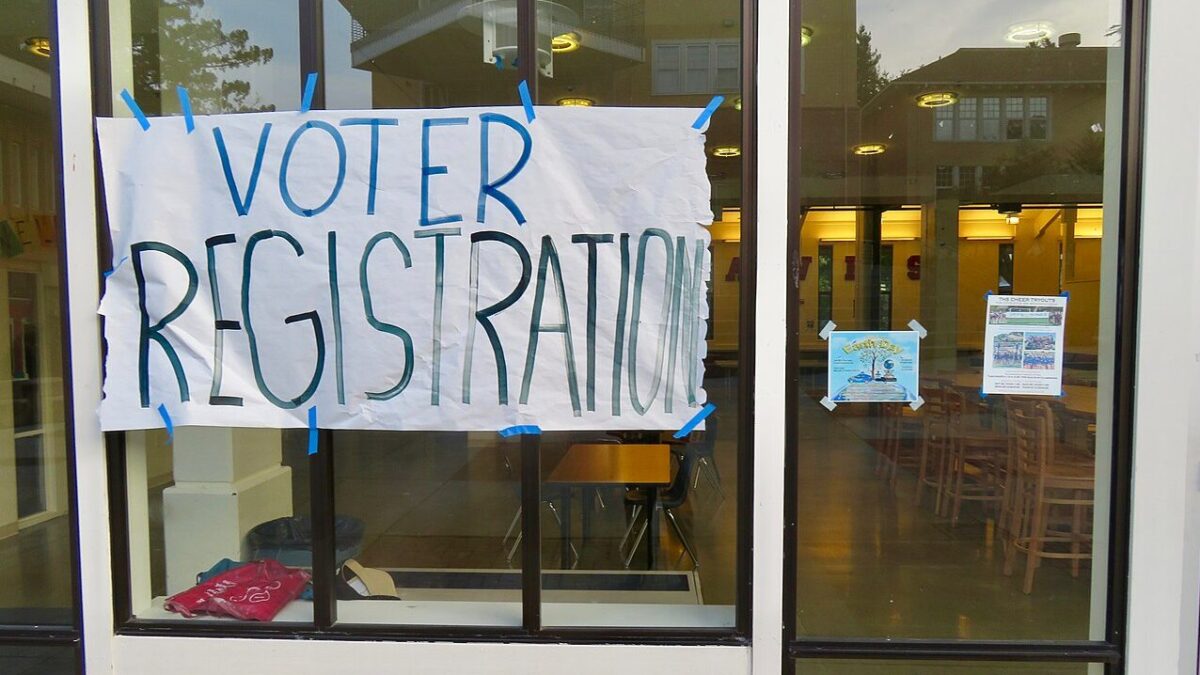
America is in the midst of a sex-trafficking crisis, fueled by the internet and pervasive and increasingly violent pornography. Trafficked persons are often children, many of whom come from broken families and the foster care system.
But a large part of trafficking goes unaddressed in the national media — predators who produce and trade child sexual abuse imagery (child pornography). These predators have massive “collections” that depict the rape and torture of prepubescent children, including infants and toddlers.
Many of these predators are actively abusing children, and all of these predators are a clear and present danger to young people. Because of this, most Americans assume authorities lock these predators away in the interest of public safety.
But the public would be wrong to assume America is tough on child predators. In many states, a large chunk of these predators receive only probation. Instead of thinking of the crime in terms of protecting children, the system focuses on predators and sees them as suffering an illness.
Of these bad states, and in a country that is generally too lax on the issue, Minnesota is arguably the worst. Indeed, the story of Minnesota highlights the need for national action.
In Minnesota, predators convicted of criminal sexual conduct (likely a contact crime) against a child victim under the age of 13 receive probation at least 50 percent of the time. Predators in Minnesota trading in violent and sadistic child sexual abuse imagery — depicting the rape and torture of prepubescent children — receive probation more than 80 percent of the time. In the last five years, Minnesota gave probation an astonishing 75 percent of the time for crimes of producing child pornography.
It’s so bad in the state that demoralized police officers and investigators say they have little hope of placing predators in prison unless the feds get involved. But federal resources are stretched, and there is a huge incentive for federal prosecutors to focus on gun and drug crimes.
The Backstory
In 2016, a report paid for by an outside group revealed Minnesota’s frightening statistics on prosecuting child sex crimes. Republican State Rep. Matt Grossell, also a former law enforcement officer, began to author bills to address the problem. The bills were ignored by Republican leadership in the Minnesota Senate.
Fast forward to 2019, when the Republican Senate leadership, led by Senate number-two Warren Limmer, finally authored a bill that raised the maximum penalties for enhanced crimes involving child sexual abuse imagery — enhanced crimes were defined as material involving a child under the age of 13, or if the predator was a repeat offender. The obvious problem at the time was that raising the maximum penalty does nothing in a state that presumes probation for more than 80 percent of these convictions.
Somewhere in the drafting process, a provision was taken out that would have allowed the public to better track the sentences given by their elected county attorneys (despite general apathy in the state, some prosecutors have better records than others). The bill also asked the Minnesota Sentencing Guidelines Commission — a body that sets sentencing rules for courts — to examine the matter further.
The MSGC report was released in early 2021. The MSGC finally changed the presumptive sentence to prison for producing child pornography, but only if the victim is 12 or under or if the predator is a repeat offender. Yet a small majority — all appointed by the state’s Democratic governor — declined to change the presumption from probation to prison when a predator is caught possessing and trading in child rape and torture imagery.
To excuse the status quo, the MSGC majority complained about the cost of added prison beds (about $36,000 per year per person), which ignores the current cost of rehabilitation programs and law enforcement resources used to (attempt to) monitor the hundreds of predators released on probation. The MSGC also cited a study that supposedly claimed low recidivism for “internet offenders” but ignored the study’s own authors, who cautioned that they were only measuring offenders who were caught a second time.
The MSGC then cherry-picked a handful of other states to compare against, but even against these states, Minnesota has a bad track record: far greater use of probation, and a far lower amount of prosecutions per capita (meaning many predators are evading detection and prosecution). In the end, the MSGC flat-out admitted that compared to all other states examined, and possibly to the rest of the country, Minnesota is the only state to give probation to the vast majority of predators.
Finally, the MSGC admitted that the materials the predators who receive only probation posess are massive “collections,” which depict the rape and torture of young children — flying in the face of certain Minnesota lawmakers’ concerns that persons would be prosecuted for “clicking on the wrong thing.”
Republicans to the Rescue?
Because of the MSGC inaction and obfuscation, Senate GOP leadership crafted SF 1457, coauthored by longtime GOP Sens. Warren Limmer and Mary Kiffmeyer. The bill was heard in the Judiciary and Public Safety Finance and Policy Committee, chaired by Limmer, on Mar. 8, 2021.
SF1457 would specifically direct the sentencing guidelines to finally presume prison for the crime of enhanced dissemination of child abuse materials — when the predator is a repeat offender or a child under 13 is the victim. While the penalty would be slightly increased, enhanced possession crimes — which again involve predators with “collections” of infant and toddler rape videos and images — will still result in probation.
Because of this, SF 1457 likely does nothing to address the state’s problem. Prosecutors can often charge either possession or dissemination for each predator they encounter. As mentioned above, Minnesota vastly overuses charges of possession. For example, Oregon charged possession 92 times and dissemination (distribution) 260 times, while Minnesota charged possession 427 times and dissemination only 32 times.
In plain math that means if the last five years of data is indicative on a go-forward basis, the Minnesota GOP bill would potentially affect roughly 4 percent of the convictions for trading in violent child sex abuse imagery, resulting in at most 20 more predators being given short prison sentences during the next five years. More than 80 percent of predators would still receive probation.
Given the nature of these materials (see pages 34-37 of the MSGC’s report), and the active threat to children posed by these predators, that is unacceptable. Proponents of SF 1457 might say that Minnesota prosecutors will begin to charge more for dissemination instead of possession, but that asks the public to wait another five years to see if the problem is corrected.
SF 1457’s authors may also believe it is the only bill that could pass a Democrat-controlled House. Two of the three Democrats on the committee — Ron Latz and Sandra Pappas — voted against SF 1457. Latz said he was “comfortable” with the status quo.
But that’s just this author’s most charitable guess for the rationale of SF 1457. Behind the scenes, GOP senators worry about the cost of putting all the predators behind bars — about $6 million per year. To put things in perspective, in 2015 the state Senate got a $90 million office building, which has maintenance costs of $2 million per year.
When GOP senators were contacted about SF 1457’s shortcomings, no replies were received after the specific question was asked: “Do you have any concerns about 1457 given it only [presumes prison for] dissemination?” because “in the last five years, Minnesota charged possession 427 times and dissemination 32 times.”
The Solutions
A better response at the state level is to copy federal laws, which carry mandatory minimums. That’s exactly what a bill, HF 229, authored by two members with law enforcement experience, intends to do. But the bill is not allowed a hearing by the Democrat House and ignored by Senate GOP leadership.
At both the state and federal level, more funding for the Internet Crimes Against Children taskforces is needed — compared to the drug war and other federal boondoggles, the ICACs are extremely underfunded. A state-level solution is Alecia’s Law, which sets up a dedicated funding stream for ICACs.
Overall, a national fight is in order, which should replace the drug war in terms of scope and federal attention. Federal prosecutors need greater incentives to go after predators instead of focusing on easier convictions involving drugs and guns. More dedicated law enforcement is needed, preferably a new organization separate from the politically distracted FBI.
But overcoming political apathy is hard and the status quo is extremely depressing. Even the federal government doesn’t take a serious approach to protect our children and keeping predators away from the public. Congress spends only about $30 million per year on the ICACs, out of roughly $85 million spent overall for child-rescue programs, which includes the quasi-governmental National Center for Missing and Exploited Children.
In the end, the mess in Minnesota highlights the dysfunction of America’s political system. Politicians worry about the cost of protecting children, but waste loads of money elsewhere. Minnesota Democrats oppose a reform that will put maybe 15-20 predators away during the span of five years, and on short prison sentences. The Minnesota GOP could run on getting tough and win elections. Yet they opt for a tinker-around-the-edges approach, which maintains the status quo of probation for dangerous predators.
The one consolation is that voters are currently unaware of Minnesota’s record on these crimes and would likely find the state’s actions and inactions extremely troubling. In response, now, more than ever, the country needs a party that answers these concerns. It remains to be seen, however, if the Republican Party will evolve to fit the bill.









